I first fell in love with this red lentil and potato curry recipe at my Indian friend’s house. She shared with me that there are many ways to make this dish, but this particular version is her favorite—and she graciously allowed me to share it with all of you.
To tell you the truth, I’ve never been a big fan of dal or lentils for that matter. But this recipe has shown me that it can be so tasty and flavorful. It’s also incredibly easy to make.
I adore this recipe because it’s not only delicious but also very filling and nutritious, making it perfect for the cooler months when hearty meals are a must.
This red lentil and potato dal recipe is a wonderful way to get plant-based protein into your diet, and it’s a dish that my family loves too. It’s comforting, flavorful, and a great way to enjoy a healthy meal that feels like a treat. Whether you call it daal, dal, or dahl, this curry is sure to become a staple in your home just like it has in mine.
Daal And Potato Curry Recipe.
Ingredients
- 2 cups red lentils (masoor dal), rinsed and drained
- 600 grams potatoes or sweet potatoes, peeled and cubed
- 1/2 can chopped tomatos or can use 3 fresh medium tomatos around 14oz (400g)
- 400 ml can light coconut milk
- 1 large onion, finely chopped
- 3 cloves garlic, minced
- 1 piece of ginger, about 1 inch cube
- 2 tbspns tomato paste
- 1 tbsp curry powder or curry paste
- 1 tsp garam masala
- 1 tsp ground cumin
- 1/2 tsp tumeric powder
- salt to taste
- 3 cups of water
- 1/2 cup fresh cilantro (optional)
Instructions
- In a large pot, heat a tablespoon of oil over medium heat. Add the chopped onions and cook for about 5-6 minutes until they are softened and translucent.
- Add the minced garlic, grated ginger, chopped tomatoes, tomato paste, curry powder, ground cumin, turmeric powder, and salt. Cook for 2-3 minutes, stirring frequently to combine all the ingredients well. This will help release and intensify the flavors.
- Add the rinsed red lentils, cubed potatoes, coconut milk, and slightly salted water to the pot. Bring to a boil, then reduce to low heat and simmer covered for about 20-25 minutes. Stir occasionally until the lentils are tender and the potatoes are cooked through.
- Stir in garam masala for an extra layer of flavour. If the curry is too thick, add a bit more water to reach your desired consistency. Give it a good stir to ensure everything is well combined.
- Ladle the curry into bowls and garnish with fresh cilantro. Serve with steamed basmati rice or brown rice for a complete meal.
- You can also squeeze some fresh lemon or lime juice over the potato dal curry.
If this recipe sounds good and you want more ideas like this check out our 12 Healthy Breakfast Curry Recipes.
The Health Benefits of Daal and Potato Curry
This comforting daal and potato curry isn’t just delicious; it’s packed with nutritional benefits.
As a health coach, I can’t go past recipes that taste good but also norish you.
Let’s explore the health advantages of its key ingredients and how they contribute to a wholesome meal.
Red Lentils: A Protein-Rich Option
Red lentils are an excellent choice for anyone looking to boost their protein intake, especially for those following a plant-based diet. Here’s why they are so beneficial:
- High in Protein: Red lentils contain about 26g of protein per 100g, making them one of the best plant-based protein sources. This high protein content supports muscle repair and growth, making it ideal for active individuals.
- Hight in Iron: Iron is something that can be tricky to get enough of on plant based diet. Red lentils contain around 9mg of iron per 100g. Which is half the recommended daily intake for women. Men need a little less, only around 8mg per day, so 100g of red lentils will be enough.
- Rich in Fiber: With approximately 5g of fiber per 100g, red lentils promote digestive health by aiding regularity and preventing constipation. Fiber also helps you feel fuller for longer, which can assist in weight management.
- Nutrient-Dense: Red lentils are loaded with essential nutrients, including iron, which is crucial for transporting oxygen in the blood, and potassium, which helps maintain healthy blood pressure levels. They also provide B vitamins that support energy metabolism.
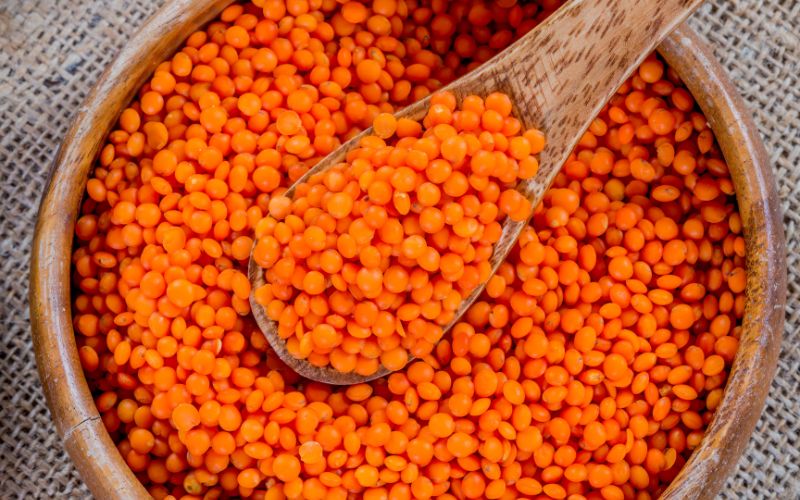
Potatoes: Satiating and High in Fiber
Potatoes often get a bad rap, but they can be a nutritious addition to your diet. Adding sweet potatoes to your dal and potato curry enhances its nutritional profile, providing more vitamin A and fiber while offering a naturally sweet flavor compared to regular white potatoes.
Regular White Potatoes:
- Highly Satiating: Regular potatoes are one of the most filling foods available. Their high fiber content and complex carbohydrates help you feel satisfied with fewer calories, making them an excellent choice for those looking to manage their weight.
- Nutrient-Rich: They are an excellent source of vitamin C, which supports immune function and skin health. Additionally, regular potatoes contain vitamin B6, potassium, and other essential micronutrients that contribute to overall health.
- Unprocessed Goodness: As a whole food, regular potatoes provide natural, unrefined carbohydrates that offer sustained energy without the spikes associated with processed carbs.
Sweet Potatoes:
- Nutritional Edge: Sweet potatoes are richer in fiber, with about 3.0g of fiber per 100g compared to approximately 2.1g in regular potatoes. They also boast higher levels of vitamin A, which is essential for vision and immune function.
- Although this isn’t very traditional to make it with sweet potato, I prefer it over white potatoes, it adds nice sweetness and extra vitamins to the dish.
- Naturally Sweet Flavor: The natural sweetness of sweet potatoes adds a delightful contrast to savory dishes like dal and potato curry, enhancing the overall flavor profile.
- Antioxidant Benefits: Sweet potatoes are packed with antioxidants, particularly beta-carotene, which supports eye health and boosts the immune system.
Incorporating both regular white potatoes and sweet potatoes into your potato dahl recipe provides a variety of nutrients and flavors, making it a wholesome and satisfying meal for the whole family!
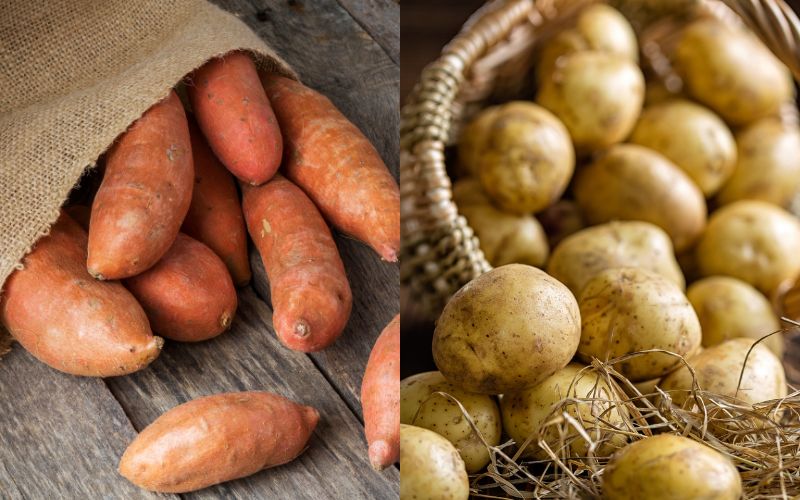
Turmeric: The Golden Anti-Inflammatory
Turmeric is more than just a vibrant spice; it offers numerous health benefits:
- Anti-Inflammatory Properties: Curcumin, the active compound in turmeric, has powerful anti-inflammatory effects that may help reduce the risk of chronic diseases such as heart disease and arthritis.
- Antioxidant Benefits: Turmeric is rich in antioxidants that protect your cells from damage caused by free radicals. This can help slow down the aging process and reduce the risk of various diseases.
- Heart Health: Some studies suggest that turmeric may help lower cholesterol levels and improve overall heart health by enhancing blood circulation.
Turmeric: The Golden Anti-Inflammatory
Turmeric is more than just a vibrant spice; it offers numerous health benefits:
- Anti-Inflammatory Properties: Curcumin, the active compound in turmeric, has powerful anti-inflammatory effects that may help reduce the risk of chronic diseases such as heart disease and arthritis.
- Antioxidant Benefits: Turmeric is rich in antioxidants that protect your cells from damage caused by free radicals. This can help slow down the aging process and reduce the risk of various diseases.
- Heart Health: Some studies suggest that turmeric may help lower cholesterol levels and improve overall heart health by enhancing blood circulation.
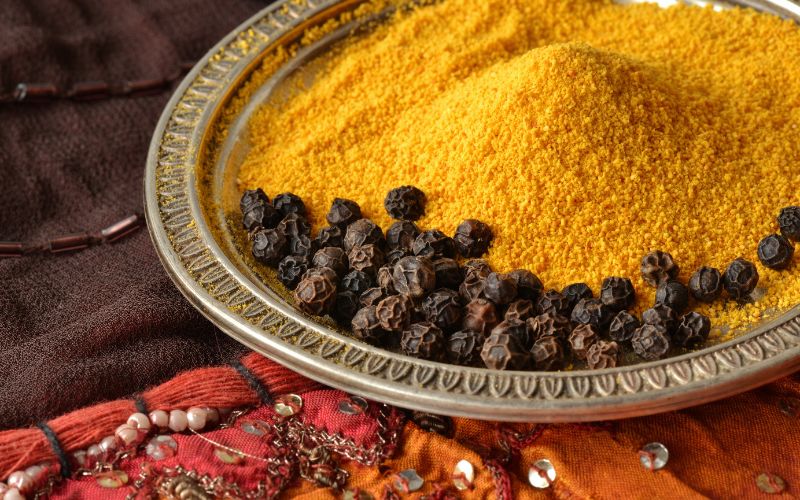
Aromatic Spices: Enhancing Flavor and Health of Your Daal and Potato Curry
The spices I used in this daal and potato curry not only enhance flavor but also contribute to its health benefits:
- Cumin Seeds: Known for their warm flavor, cumin aids digestion and may help reduce bloating. It also contains antioxidants that support overall health.
- Coriander Powder: This spice adds a refreshing taste to dishes and is known for its anti-inflammatory properties. Coriander may also help lower blood sugar levels and improve heart health.
- Chili Powder and Green Chilies: These spices not only add heat but also contain capsaicin, which has been shown to boost metabolism and may aid in weight management.

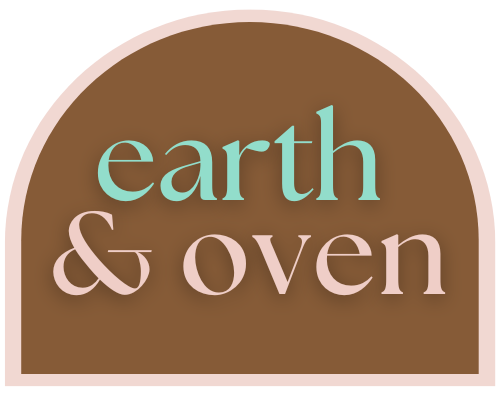
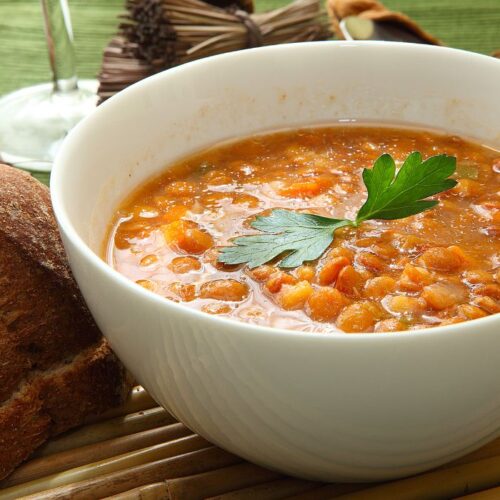
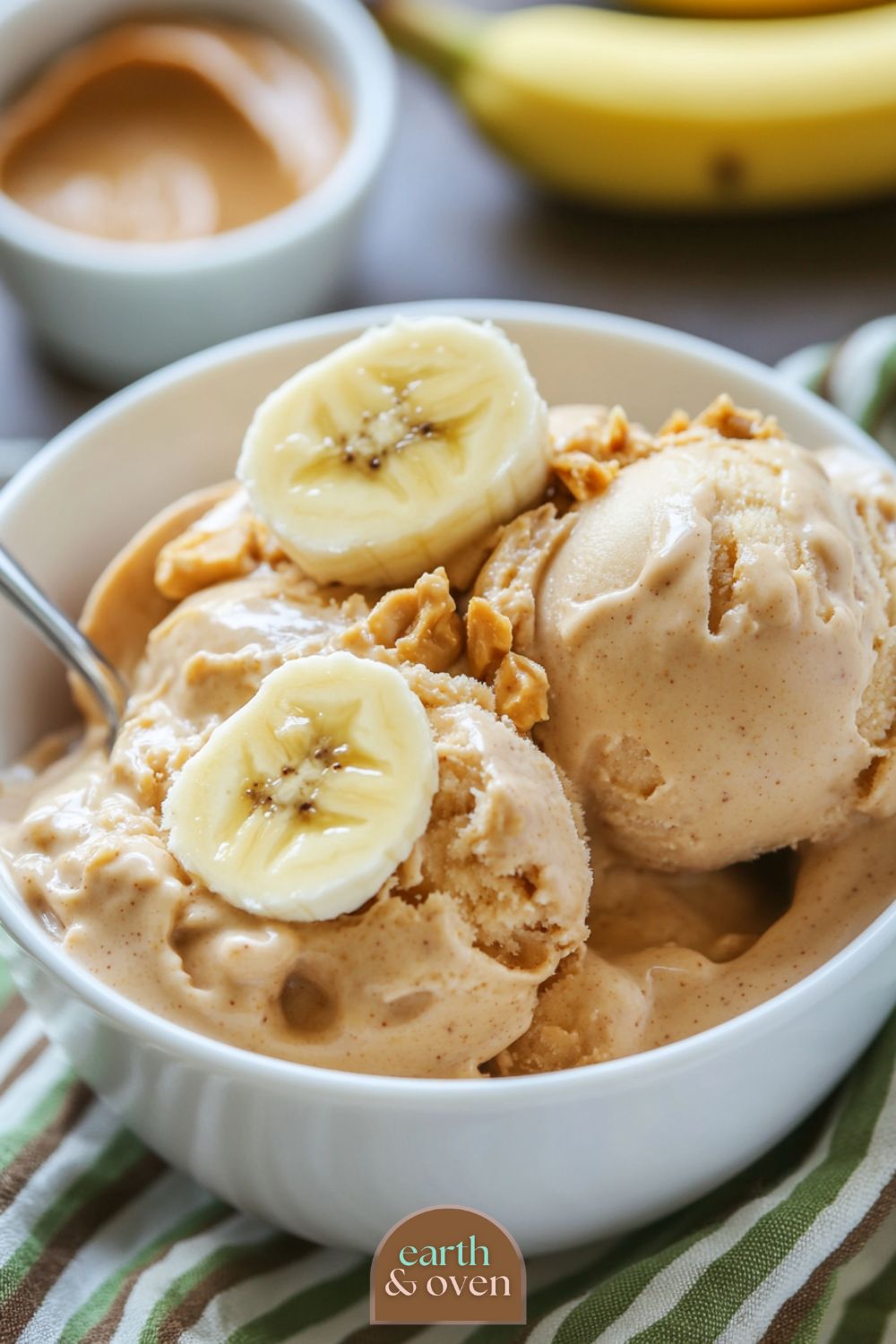
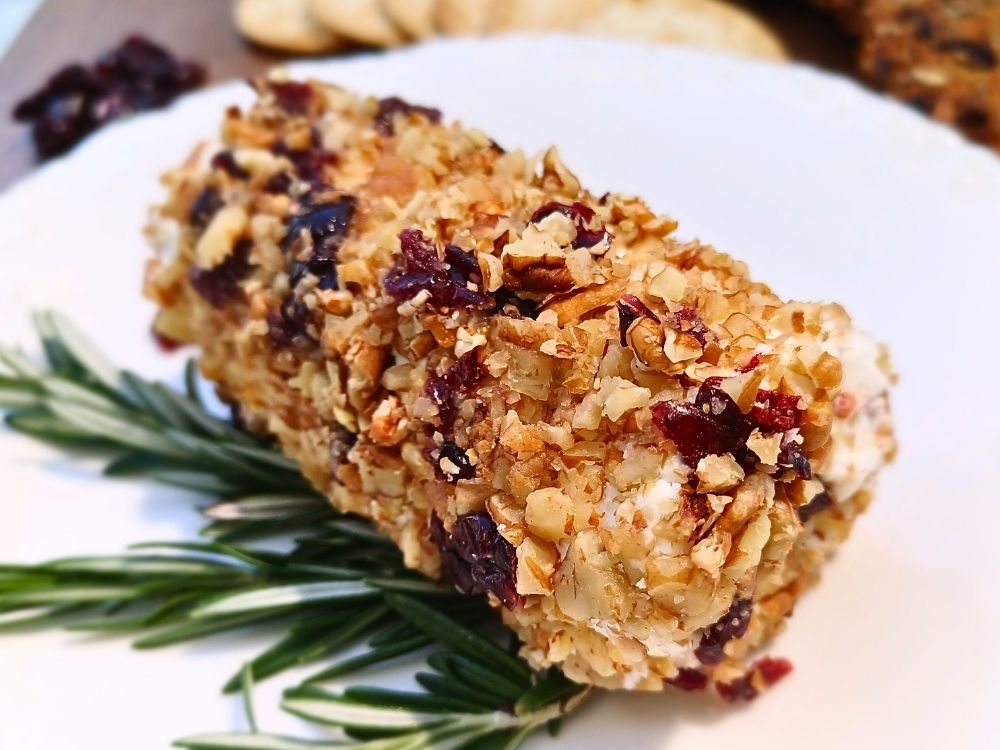

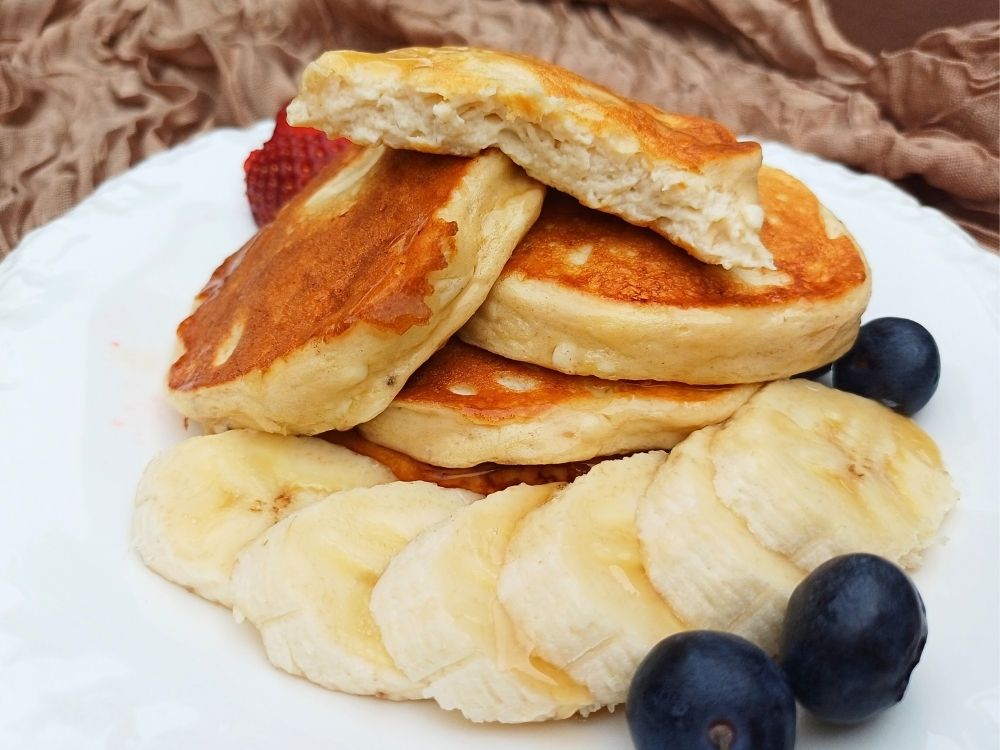
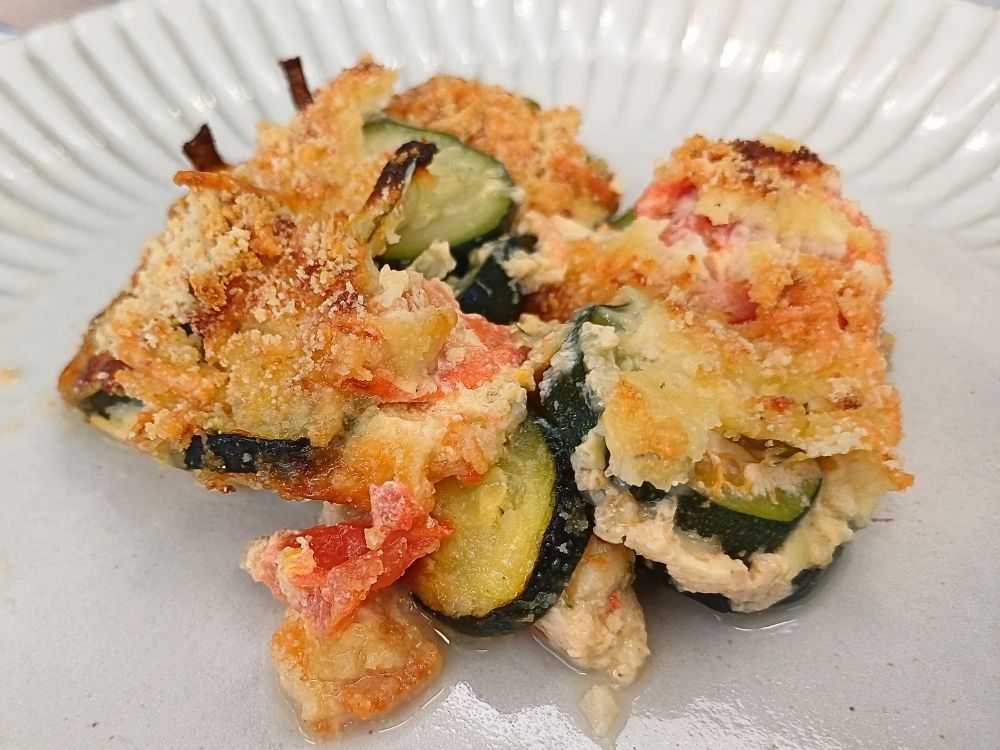

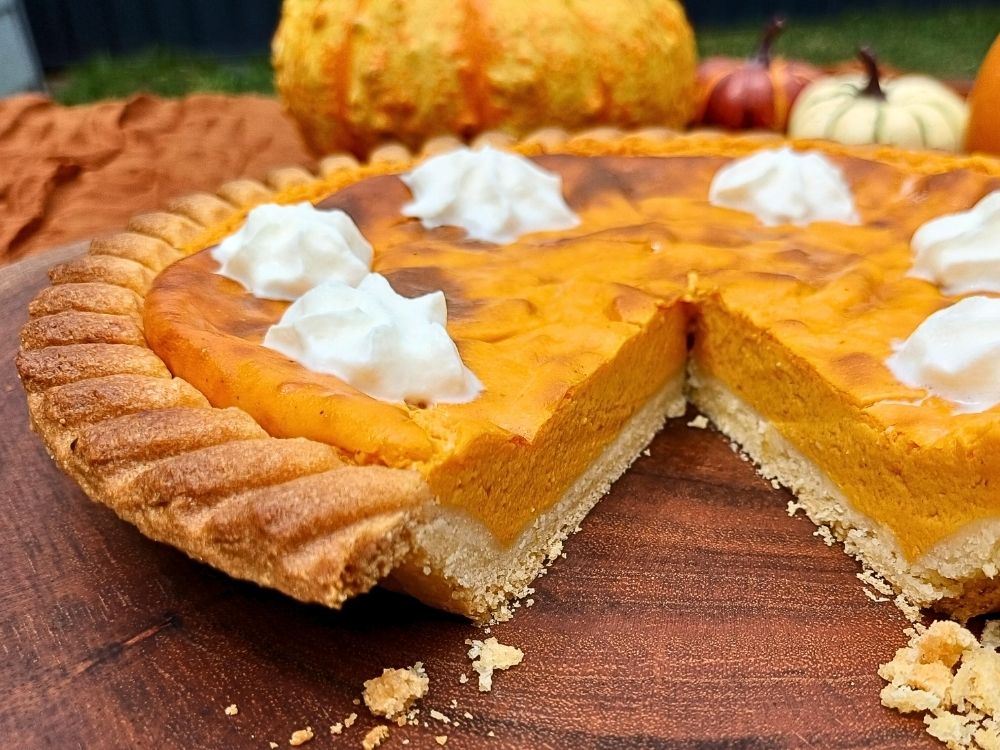
2 Responses
Your list of ingredients doesn’t include tomatoes. When you list the instructions, it then mentions chopped tomatoes. This is a great recipe but please correct this error! Thanks!
Thank you for pointing this out Russ, I will fix it right away.